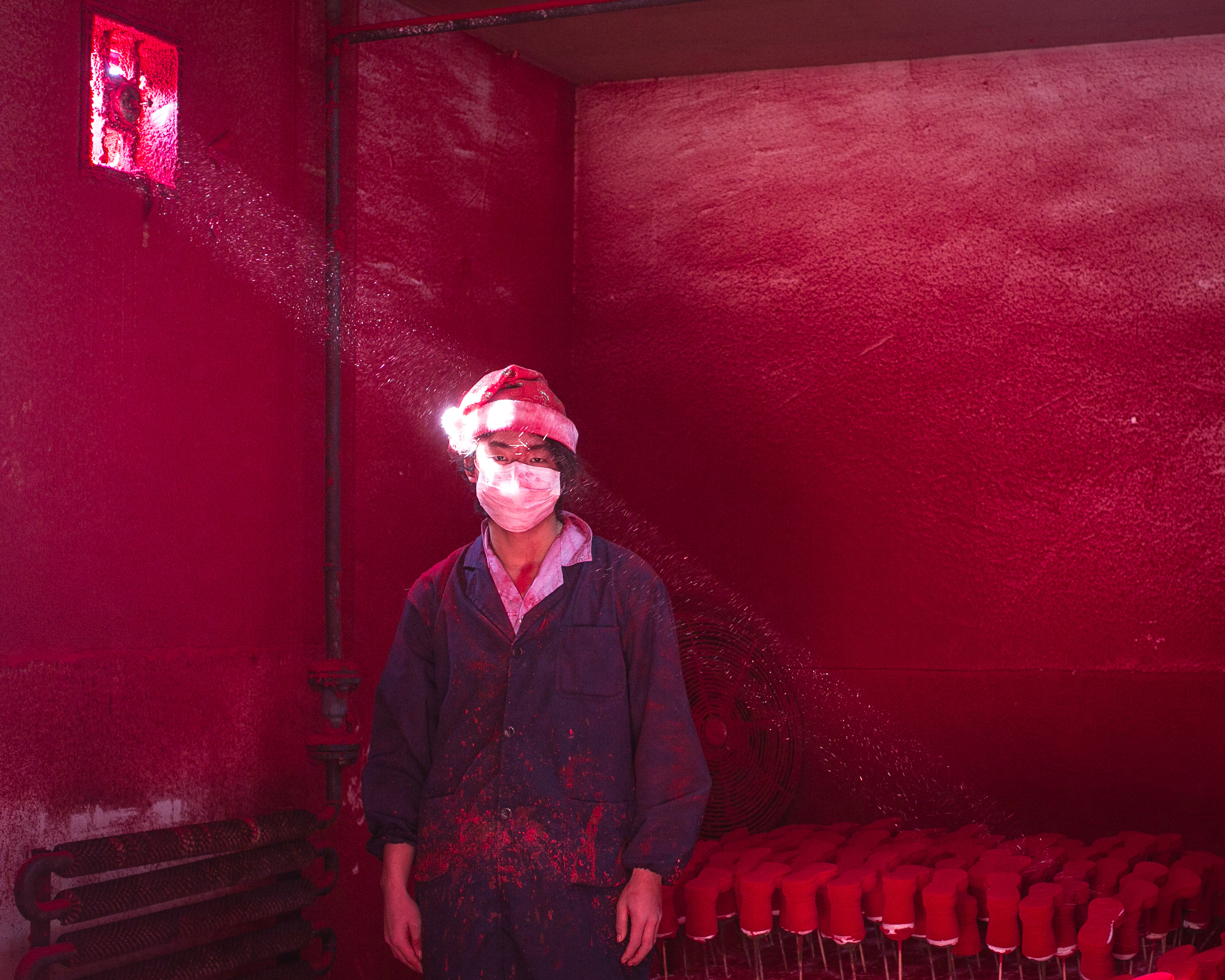
- Chen Ronghui has won numerous plaudits, awards and fans by training his lens on industrial and offbeat scenes in China, and never shying away from challenges
Chinese photographer Chen Ronghui’s rise to international acclaim over the past decade has been exponential. Born in Zhaoxu village, on the outskirts of Lishui, in 1989, he witnessed China’s fast-developing love affair with landscape photography, when Zhejiang province started attracting photographers from big cities such as Shanghai to shoot the bucolic mountain scenery.
He became aware of art photography while in high school in Lishui, as the Lishui Photography Festival, a biennale founded in 2005, began attracting photographers from across the nation and overseas.
After graduating with a BA in journalism from Nanchang University in 2011, Chen moved to Hangzhou, the capital of Zhejiang, and cut his teeth as a photojournalist with a community newspaper.
Four years later, he shot to international fame when his photograph of a factory worker making Christmas decorations in Yiwu, a small industrial city on the banks of the mighty Yangtze River, won him second prize in the World Press Photo awards’ Contemporary Issues category.
Inner Mongolia captured in photos by native who finally realised its beauty
Other awards have followed, including the Hou Dengke Documentary Photography Award (2017), the Three Shadows Photography Award & ALPA special prize (2018) and the BarTur Photo Award (2020).
In 2019, Chen enrolled in Yale University’s master of fine arts (MFA) programme. He returned to Hangzhou this January after graduating.

Chen is the head of visuals at progressive English-language website Sixth Tone. His solo exhibition “In Praise of Shadows”, which combines installation video with still images, is showing at the Three Shadows +3 Gallery, in Caochangdi Art Village, in Beijing’s Chaoyang district, until December 4.
“Many friends don’t understand why I’ve come back [from the United States],” says Chen, 33, at a time when several Chinese cities remain locked down due to the country’s zero-Covid policy. “Of course my family is here and that’s a big pull factor. But staying in the United States would only give me a certain kind of lifestyle.
“I wanted to come home and document the changes that will doubtlessly occur during my time. We don’t know where history will walk. In this sense, I’m contributing to a biography that is still being written.”

Chen has never shied away from the challenges a budding photojournalist faces in contemporary China, beginning with his choice of university.
“Many journalism majors at Peking University don’t necessarily go into the profession, but Nanchang University is vocational, it nurtures people who want to go out and influence society.”
After graduation, Chen returned to his home turf and Jiangnan, the lower Yangtze River valley where he had grown up: “I didn’t feel the need to go to Beijing. I’m not that interested in politics and I don’t think the capital necessarily reflects life in China.”

Instead, Chen trained his lens on the manufacturing hubs that dot the Yangtze Delta, capturing the stories of the nameless workers whose labour produces the world’s commodities, and in so doing raising pressing questions about the inequity sown into the fabric of the global economy. Curiously, it was an American writer who inspired him to do so.
“Country Driving (2010), by Peter Hessler, was translated into Chinese around that time and everyone was reading it. In the book, he makes a case study of the factories in Lishui. I’d never really considered that where I came from was significant or interesting to an outsider before I read that.”
Chen got to work visiting the industrial quarters that line China’s “Long River” between the great metropolises of Hangzhou and Shanghai. The work he produced captured Dickensian conditions in one of the country’s most affluent regions, historically known for its abundance as “a land of fish and rice”, a refined place associated with the literati since the Song dynasty.
“I’m known for my photo Christmas Factory because it won a World Press Photo award,” says Chen, “but I was actually doing a lot of stories like this. Before the 2016 Uefa football [championship], all the flags and memorabilia were being produced in small manufacturing hubs in southern China.
‘I was screaming for help’: the Cambodian brides trafficked into China
“This still goes on. For the funeral of Queen Elizabeth, all the Union Jacks were sewn together in Shaoxing [a prefecture-level city in Zhejiang]. The workers had to do overtime.”
Chen’s work started to push up against state constraints placed on news media after the relatively liberal “roaring 90s and 2000s”. So Chen, looking for a means to tell more emotive stories, turned to the contemporary art world he had first experienced at the Lishui Photography Festival a decade earlier.
“There were things I couldn’t say as a photojournalist,” he says, “but as a citizen-artist, I could.”
This approach led to a trilogy of high-profile projects: “Petrochemical China” (2013-2018), which captured how chemical plants were polluting the water in the Jiangnan region; “Runaway World” (2015-2019), which documented the rise of tawdry commercial theme parks catering to the newly moneyed middle classes across China; and “Freezing Land” (2016-2019), a documentary photo project about young people living in China’s northeast, between North Korea and Russia.

The latter won the Youth Award in 2019 at the prestigious Lianzhou Foto Festival, just before the Covid-19 virus was detected in Wuhan and China locked down, attracting worldwide media attention from the likes of The New York Times and The Guardian newspapers.
“I started working on the [“Freezing Land”] series in 2016,” says Chen. “Around that time I was growing interested in Chinese urbanism. Coastal and southern cities were expanding beyond recognition, and this triggered the idea that I should go to the northeast.
“This was, after all, the first area that had industrialised in China,” he says, referring to the 1950s, when the Soviet Union had sponsored heavy industry in the region. “That was also the year Donald Trump was elected, in part because of the support of rust-belt workers who’d lost their jobs in manufacturing. In China, the northeast is known as the rust belt. I became very curious to see what it was like.”
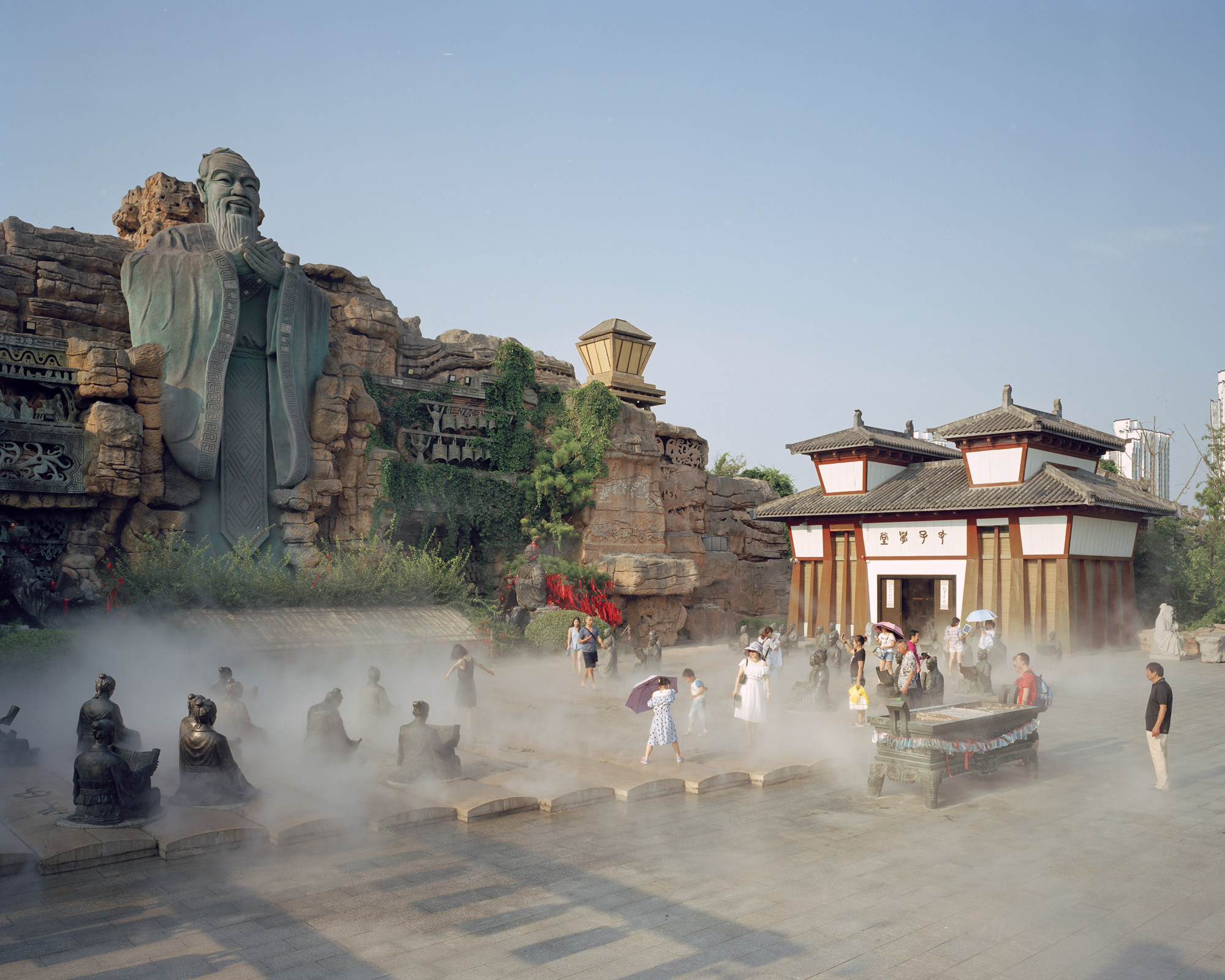
Although northeast China experiences four distinct seasons each year, including temperate springs and autumns, Chen visited in winter, when the mercury can drop below minus 20 degrees Celsius (minus four degrees Fahrenheit).
“We southerners are fascinated by snow as it seldom snows south of the Yangtze,” Chen says of his reason for braving the Siberian conditions. But what he discovered in cities such as Yichun, in Heilongjiang province, was not just a frozen landscape but an economy frozen in time while the rest of China raced into the 21st century.
“It wasn’t developing, it had stopped,” he says. But rather than being put off by the northeast’s stagnation, Chen was attracted to it.
“I felt like I had a spiritual affiliation with many people there, especially millennials, people my age. In some ways I saw the China of my youth growing up in a third-tier city in the 1990s. If I’d done this kind of project in Beijing or Shanghai I’d have to have staged the images but they still had everything in place, those little old shops that used to dot China and green painted bridges.
“Elsewhere, everywhere had developed too quickly and you could see nothing of the past, it had all been demolished and rebuilt. But in the northeast, yesteryear was right in front of me. It left a big impression.”

Chen used an old large-format film camera to shoot the northeast frame by frame. This slower medium of photography gave him time to meditate on each scene and capture the souls of his subjects – a sense of loneliness and longing emanating from his northern peers; the surreal contrast of technological modernity and economic decrepitude that defined small-town life in that corner of China.
Anyone in attendance at Lianzhou Foto could not help but be touched by the juxtaposition of human intimacy and geographic scale in Chen’s work.
“I, too, left a small town for Hangzhou, then Shanghai,” says Chen, “so I had a similar sense of dislocation. The northeast is depopulating as people drift away to big cities like Beijing and Tianjin in search of work. But this affects one’s sense of identity, both for those who stay and those who leave.”
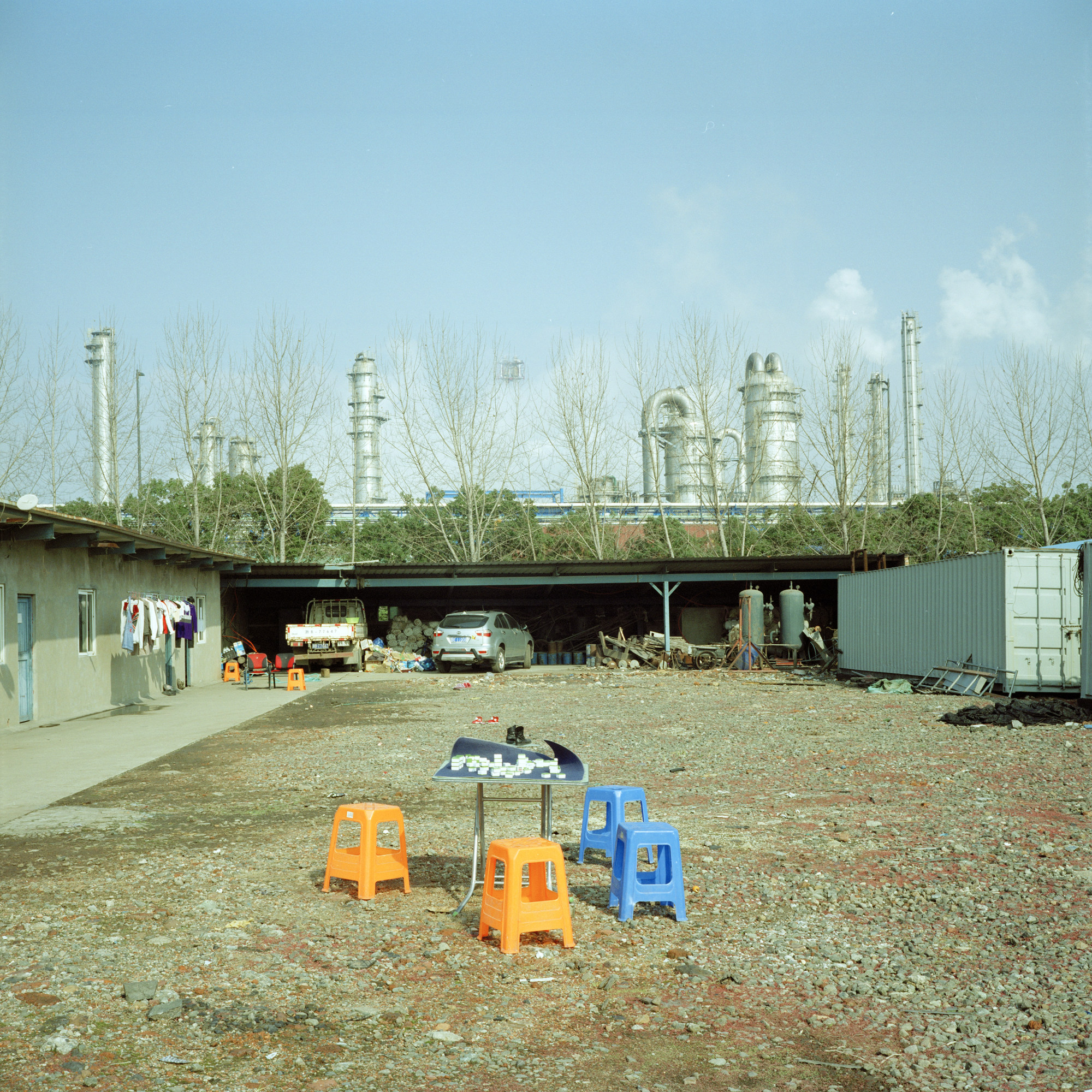
In 2019, attracted by America’s “photographic tradition” and keen to complete his transition from journalist to artist, Chen headed to Yale. But although “Freezing Land” was about to make Chen’s name in photographic circles, the pandemic soon turned the world upside down, a global catastrophe that heavily coloured his experience living stateside.
“I didn’t know the pandemic was coming and how that was going to complicate my life moving forward.”
In his first year of university, Chen looked on as his home country went into lockdown. Then in January 2020, the virus reached US shores and the first travel restrictions were implemented. There were no more flights back to China. Lockdowns soon followed.
For Chen, this meant the kind of large-scale photography projects with which he had made a name for himself in China were impossible, as his world shrank to his university campus, in New Haven, Connecticut, and the surrounding area.
I took the American landscape but I used the Chinese visual language to capture it. I put photography first and Chinese secondChen on his project ‘19 Ways of Looking at Wang Wei’
Further clouding his state of mind, outgoing president Trump described Covid-19 as the “Chinese virus” and “kung flu”, fuelling a spike in hate crimes against Asian-Americans and overseas students.
“I began to think about being a minority for the first time after I attended a few Stop Asian Hate events,” he says, “but I didn’t want something cliché like photographing my body with Chinese characters written on it. If I was going to explore race and identity, as I said to my professor, I wanted to raise the bar.”
Inspiration came from an unlikely source while walking in the woods near campus, namely, Tang dynasty poet Wang Wei.
“It’s strange, you know, we study Wang Wei at school but he’s not as important as, say, Li Bai or Du Fu,” he says. “But in the US everyone knows Wang Wei.”
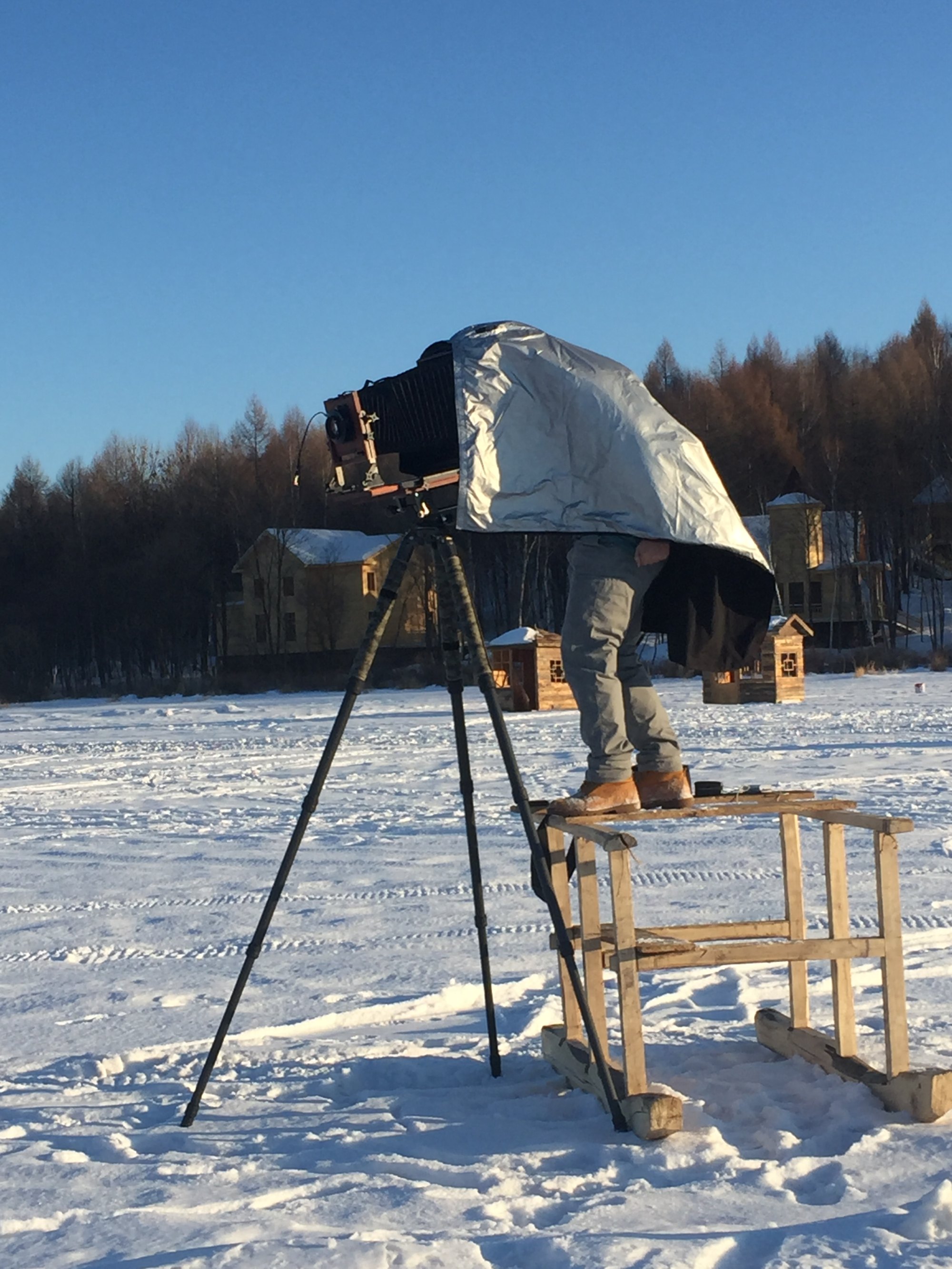
When Chen looked into the cause of Wang’s US celebrity he found the book 19 Ways of Looking at Wang Wei (1987; with an expanded version published in 2016), by translator Eliot Weinberger.
“I’d become interested in the concept of misunderstanding between the US and China. In the book, Weinberger talks about the many ways a poem can be translated and some of the difficulties communicating the concepts contained within a single Chinese character.
“That made me think, if an eighth century poem is causing that much cross-cultural confusion, no wonder Sino-American relations are so messed up.”
Are Scientology founder’s far-fetched tales in China diaries actually true?
Taking ambiguity as metaphor for the zeitgeist, Chen set to work on a photography project also called “19 Ways of Looking at Wang Wei”.
“I started to think if Wang Wei came to America today, what would he write? I’m a visual artist, not a writer, so I photographed the trees on the road outside my university like a classical Chinese painting. I took the American landscape but I used the Chinese visual language to capture it. I put photography first and Chinese second.”
Channelling Wang’s famous poem The Deer Enclosure after he spotted two wild white-tailed deer on a hillside during a hike, the resulting work became a “wordless poem” consisting of three photographic panels that run from right to left following the visual tradition of a Chinese handscroll painting.

The shadowy landscapes are entangled by branches, but, as Chen puts it, “where there is shadow, there must be light” and “if we follow the sunlight our eyes begin to see through the paradoxical world that is full and empty at the same time.”
Inspiration for his next project concerning the misunderstandings of the two superpowers was condensed further, this time triggered by the taste of a lemon.
“I bought lemons in American supermarkets and I thought they were so delicious,” he says. “Growing up, if we had a tasty lemon in Lishui, it was probably imported from New Zealand and would be really expensive. I began to wonder why they were so sweet and did some research as to where they came from.”
What he found amazed him. “There was a man named Frank Nicholas Meyer, who worked for the US Department of Agriculture about a century ago. He was hired as part of a programme to introduce useful seeds to the US. And he went to China!”
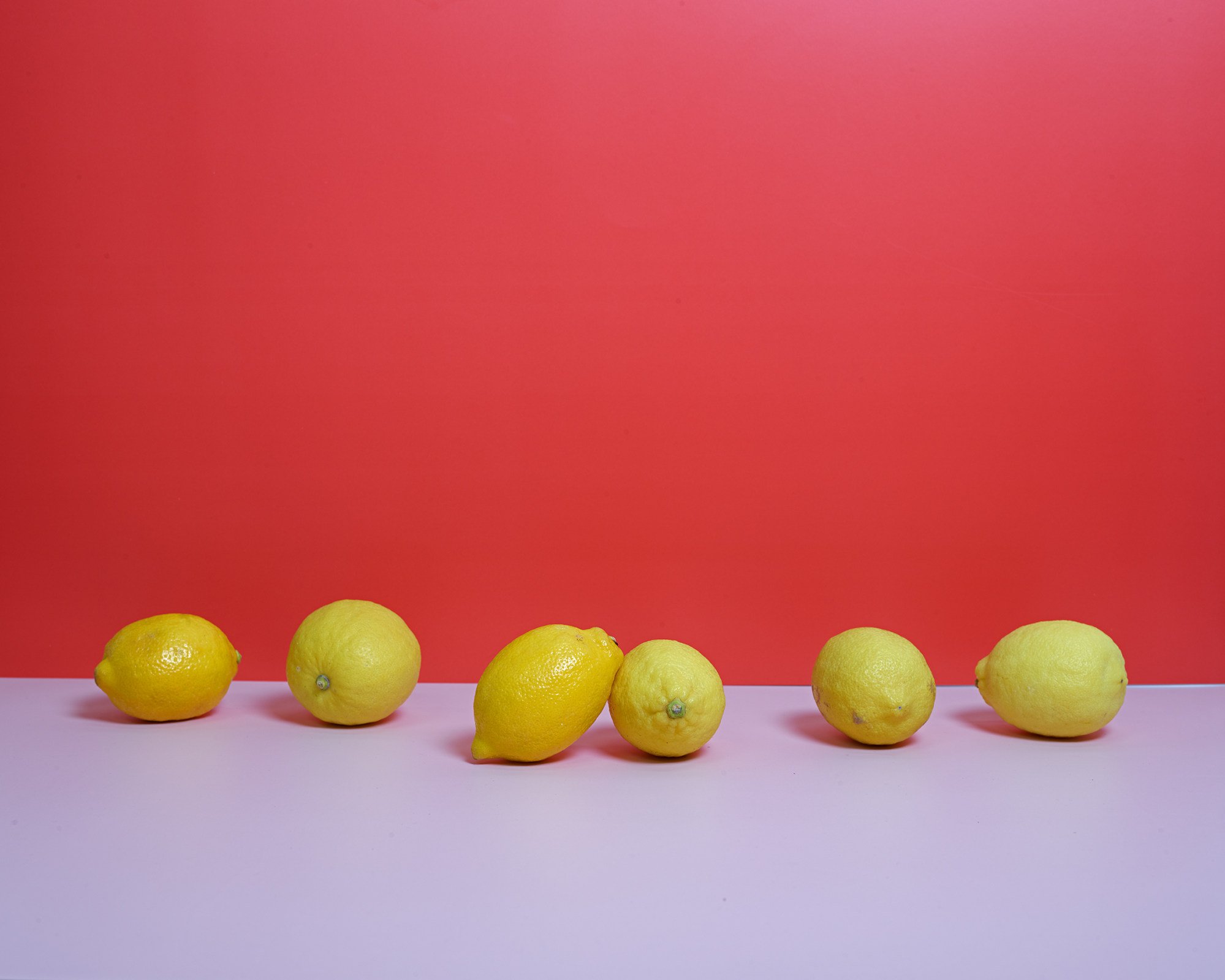
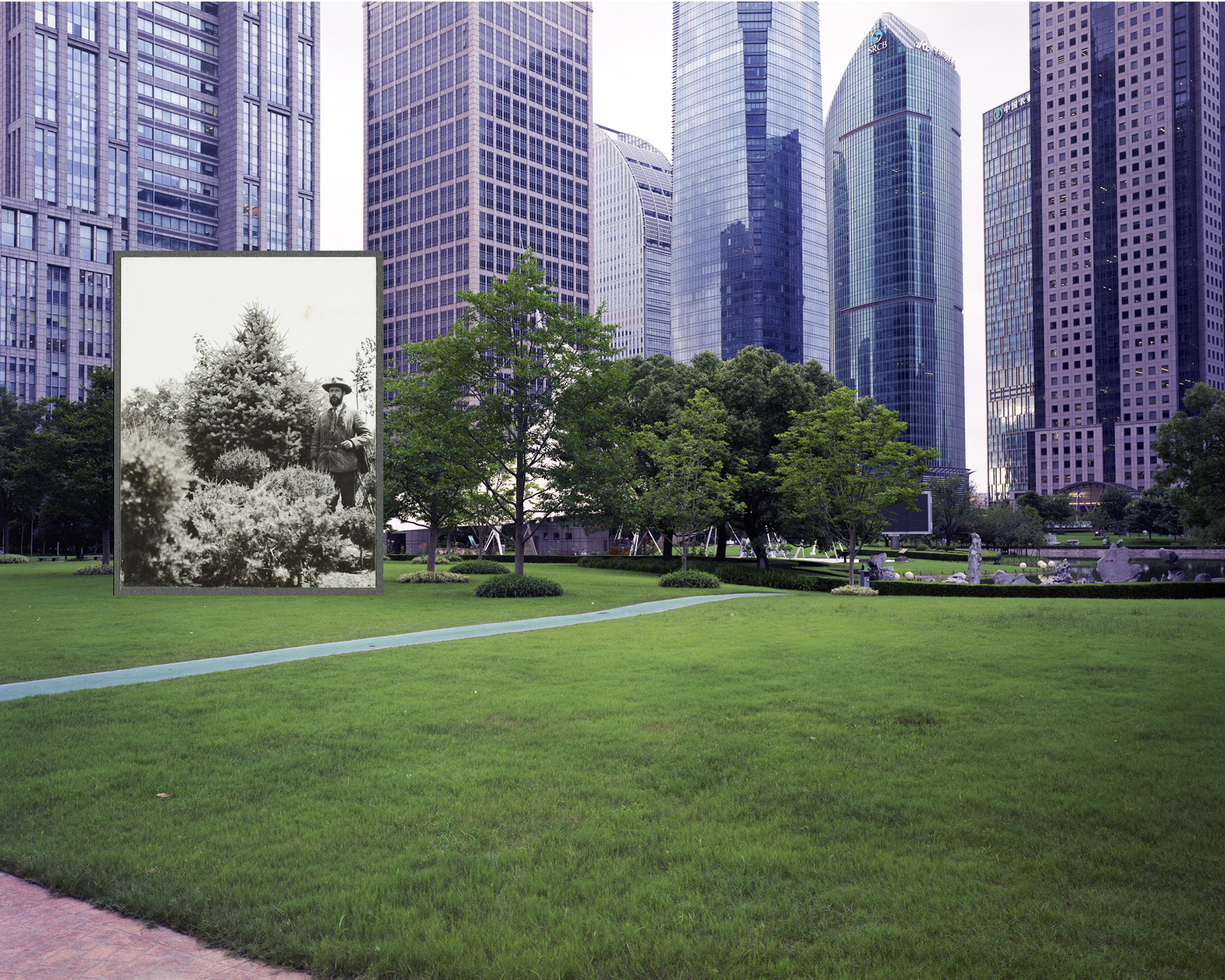
Meyer first visited China in 1905, the first of four epic Asian expeditions in search of old-world foods for cultivation in the new world. “On his last trip to China [1916-1918] he died somewhere south of Wuhu, in Anhui province, while en route to Shanghai. But what’s amazing is that the lemons I love were discovered by him in China.”
The “Meyer lemon”, as the fruit is known to the West, became allegoric of how Sino-American relations were deteriorating for Chen. “We’d forgotten about our delicious lemons and America had forgotten about their hero Meyer.”
Chen’s point being, “Let’s not forget history. That’s the role of photography.”

